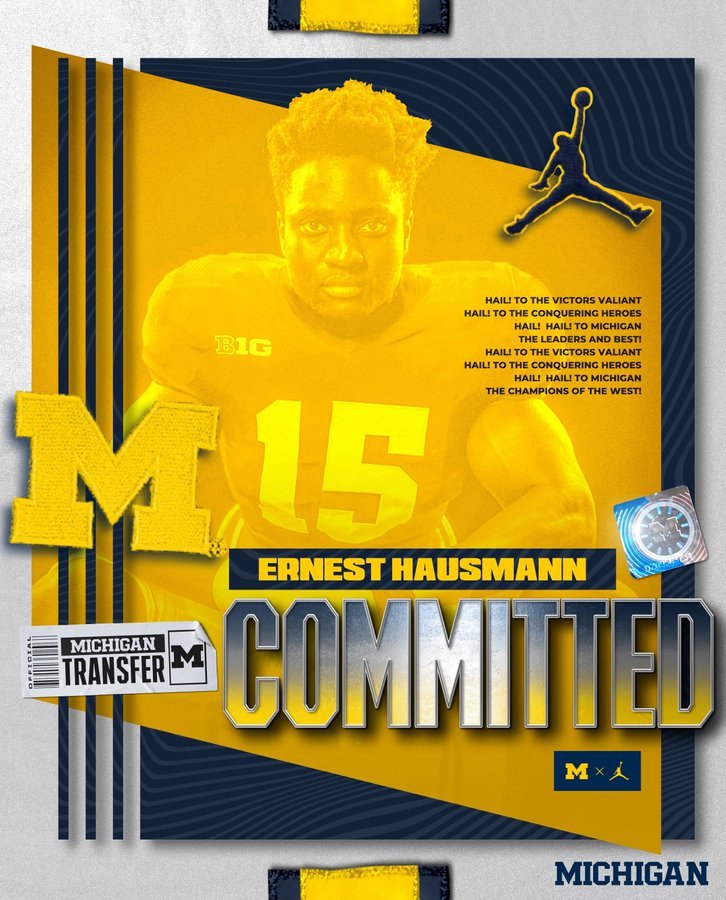Maryland’s High School NIL, Learfield & Dunkin’, and What’s NOT Wrong With the Transfer Portal
Name, Image, Likeness Insider uses proprietary data and expert insights to explain the latest NIL developments.
maryland takes a noteworthy stand in its high school nil policy
Pennsylvania, Tennessee, and Maryland became the latest states to allow high school athletes to earn compensation through NIL. The Pennsylvania Interscholastic Athletic Association decision had been foreshadowed for several months. The Tennessee Secondary School Athletic Association’s approval was a bit more surprising; Louisiana is the only other state in the deep South to have approved high school NIL thus far.
The big news came from the Maryland Public Secondary Schools Athletic Association. While its overall decision was unsurprising (it borders Pennsylvania and the District of Columbia, who both permit high school NIL), some details in its policy are a first of its kind as far as I know. The MPSSAA has carved out video games as an impermissible NIL category - treating video games the same as firearms, tobacco, and alcohol. Keep in mind that 87% of Gen Z play video games daily or weekly (Deloitte 2021), making video games more popular than music, using the internet, and social media.
In addition, Maryland is the first state to have specifically prohibited high school Collectives, which it defines as, “A group of alumni, supporters, parents, or other people who form a corporation, limited liability company, partnership, non-profit organization, foundation, or other entity to provide NIL opportunities to student-athletes of a specific school.” While Collectives have yet to infiltrate high school athletics, I commend the MPSSAA for trying to get out ahead of a potential problem in which a group of boosters could compensate high school athletes with NIL activities created by a Collective. However, I’m concerned that due to how quickly NIL is evolving that the MPSSAA’s definition of a Collective may already be too narrow. I’m advising my high school Association clients to account for (and prohibit if that’s their intention) the new “player-led,” subscription model Collectives that are emerging at the college level.
learfield’s Dunkin’ deal is a bellwether
Media, data and technology services powerhouse LEARFIELD launched a program for Dunkin’ comprised of 23 student-athletes from 10 sports and the entire Northwestern University field hockey team - totaling nearly 50 student-athletes in all.
In what’s a first of its kind done at this scale, the “Team Dunkin” deal includes the use of each participating universities’ IP. So student-athletes will wear the colors and logos of their institution. Dunkin’s deal includes sponsorship of 24 institutions where Learfield is the multi-media rights holder, allowing the brand to use the universities’ IP. The program is managed by Learfield Allied who oversees NIL initiatives.
Dunkin’ first dipped it toe in the NIL water in September in a local deal with Michigan quarterback J.J. McCarthy. A month later, fifteen University of Pittsburg student-athletes participated in a local Dunkin’ campaign. In my opinion, the significance of this Learfield/Dunkin’ partnership is twofold: First, it represents another major, national brand with roots in sports sponsorship now entering the NIL space. Second, the deal represents the kind of athlete marketing that Fortune 500 brands usually require - which includes the use of team (or in this case university) IP.
the transfer portal is a mess, but not because of the # of athletes in it
The NCAA’s Transfer Portal has been in the headlines more than ever - mainly because of the perceived role that NIL is playing when student-athletes decide to enter it. The overwhelming sentiment is that the Portal is a mess. And that may be true, but the reason for that chaoss isn’t the number of student-athletes in it, but because of alleged tampering by coaches and Collectives who see the Portal as a marketplace from which to induce athletes to choose their campus. I’ll take up those issues another time! For now, I want to focus on the number of student-athletes in the Portal.
The thing I always remind people before arguing over the merits of the Portal is that LOTS of college students transfer - not student-athletes, just the general student body. In fact, the percentage of students that transfer is historically around 30%-35%. This past year has been noteworthy in that according to Forbes, “about 2.1 million college students transferred between institutions in academic year 2020-21. That’s an 8.4% decrease between July 2020 and June 2021.” You get the point: last year was a “good” year and still over 2 million students transferred for all kinds of reasons. It’s a huge number that we’ve come to accept.
By comparison, last year’s Portal had about 9,500 student-athletes in it or a little over 5% of all DI athletes. About half enrolled at a new institution. 7% withdrew - and likely stayed at their initial institution. And about 43% remain “Active” in the Portal, so they still may be exploring, may have left their sport, or transferred to a non-NCAA school. But again for some perspective, the Portal would need to have nearly 53,000 student-athletes enter it to be on-par with the general student body transfer rate. So am I saying that the Transfer Portal isn’t a problem? No, I think it’s a mess, but not because of the volume of transfers.
It looks like there will be an increase in 2022; NCAA Director of Research Lydia Bell recently posted that the NCAA will be updating its info in January 2023.
Bill teaches NIL in College Sports at the University of Vermont’s Grossman School of Business. He consults and educates brands, universities, and sports organizations on Name, Image, and Likeness. Bill’s a SportsBusiness Journal Forty Under 40 Award winner and former co-founder of the athlete & event marketing agency Fuse, which he operated for 20+ years before selling in 2019.




